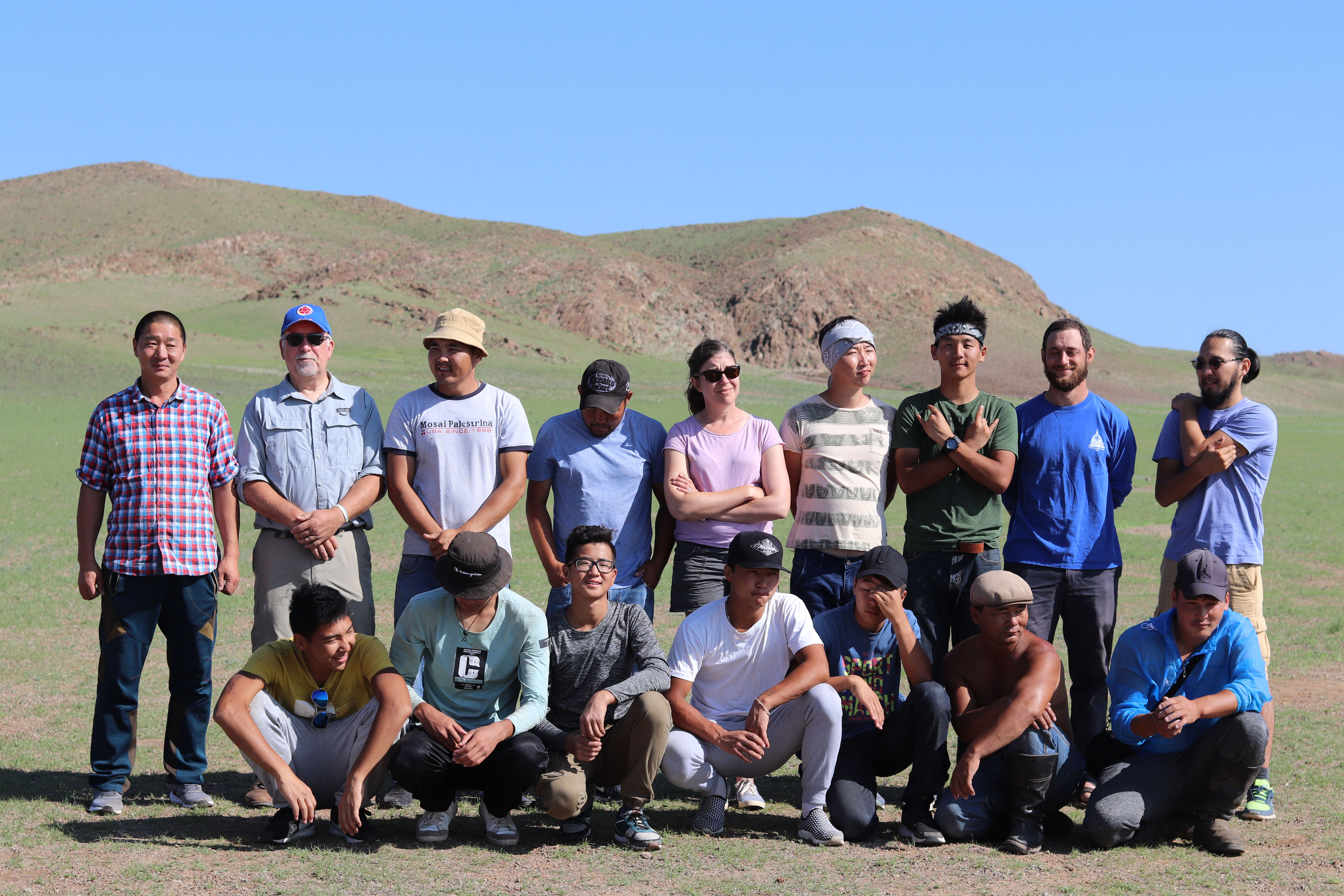Announcement
Gobi-Steppe Neolithic Conference
Please attend our 1st Occasional Gobi-Steppe Neolithic Conference.
Friday, January 10 & Saturday, January 11, 2025.
New Frontiers in East Asian Archaeology:
Mongolia and Northeast China.
Catalyst Centre, University of Toronto Scarborough
(1265 Military Trail, Scarborough, ON)






